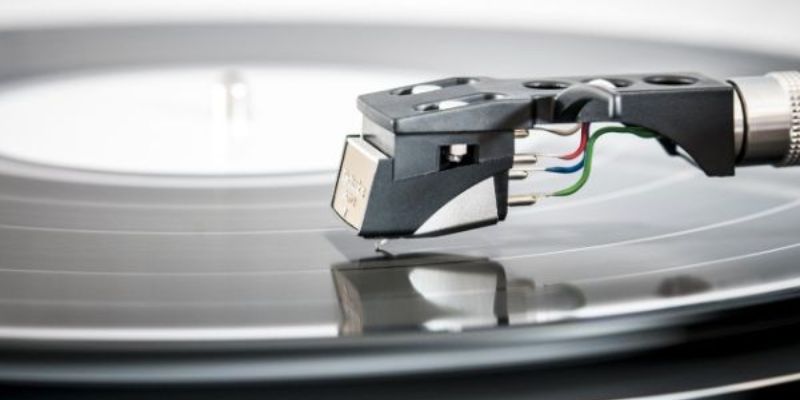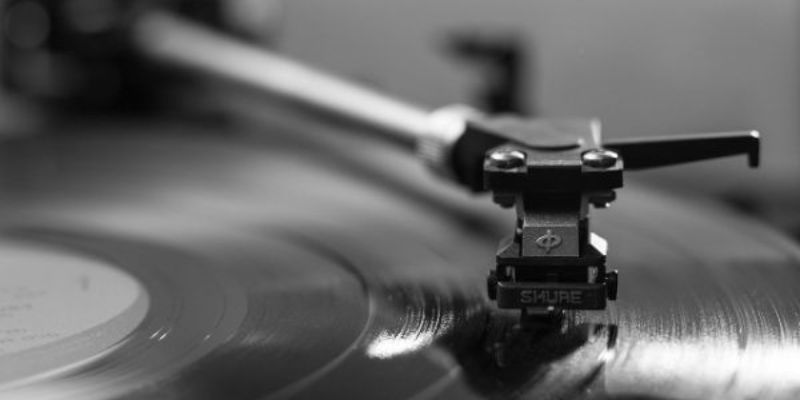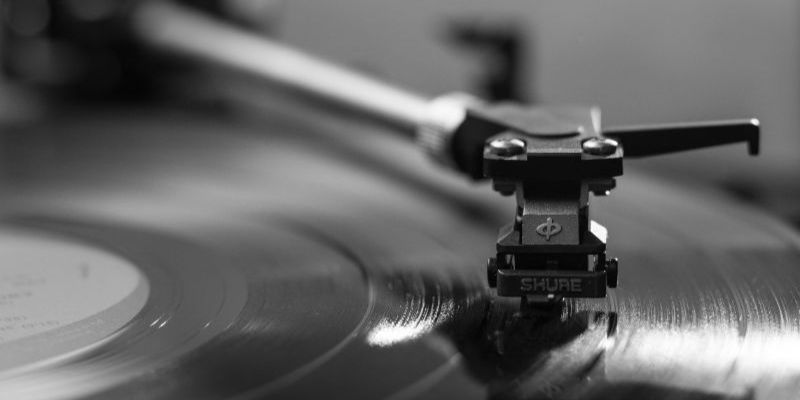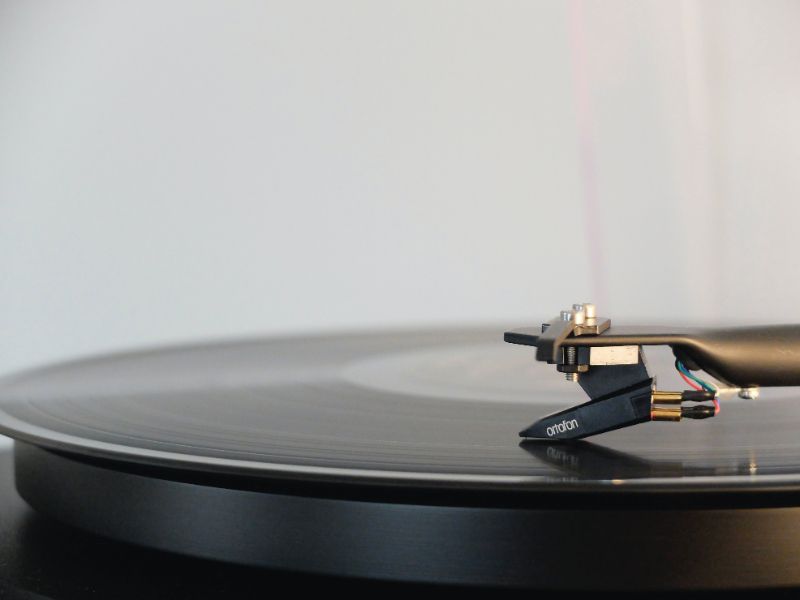To help you troubleshoot and solve the problems you’re having with your tonearm, we’ve put together this helpful list of the ten most common issues you may encounter. We’ve also included some helpful tips on how to resolve these issues so you can sit back and listen to your favorite tracks.
What Is A Tonearm?
The tonearm is a vital component of record players, as it supports the cartridge, which contains the stylus. You can find out everything you need to know about tonearms by checking out a recent post where we cover this topic in detail.
Unfortunately, people often experience a range of issues with tonearms, which can impact the quality of sound that your record player produces. Below, we introduce ten of the most common problems with tonearms and offer you insight into how to put them right.

What Are Some Of The Most Common Problems With Tonearms?
The tonearm Won’t Lower To The Record
In some instances, you might find that you’re unable to lower your tonearm down to your record. This is caused by the tonearm bridge not lowering when the cueing lever is used.
Thankfully, there’s an adjustment screw within the bridge mechanism that allows you to adjust its height, which will enable you to lower the tonearm successfully to the record.
The Tonearm Drops Too Quickly
If your tonearm drops too quickly, there is also likely to be an issue with your bridge. Tighten the bridge screw accordingly, and see if this adds sufficient resistance to the tonearm and prevents it from dropping too quickly.
Alternatively, you might have to lubricate the cueing lever mechanism. Over time, the fluid on the lever can dry, so you may have to apply some additional liquid to the tool to stop the tonearm from lowering too quickly.
The Tonearm Swings To One Side
It’s common to hear that the tonearm of a record player swings to one side. This tends to occur when your record player isn’t level, so finding a flat surface for your player is likely to rectify this issue.
You may also need to check the wiring within the tonearm, as an imbalance can cause the tonearm to swing to one side. If this is the case, you may want a pro to take a look at it for you.
The Tonearm Produces A Crackling Sound
The build-up of static usually causes a crackling sound on a record player, and it may be a result of bad earthing or a dry joint within your system. Check the earthing of your deck, particularly around the spindle or on the underside of the platter.
If you’re unable to identify a problem with the earthing, you may have to return the player to the manufacturer or consult a sound technician for assistance.
There Is A Constant Hum From The Tonearm When A Record Plays
Although a humming record isn’t necessarily an issue with the tonearm, you should check the earthing wire to be sure. A faulty cartridge can cause a crackling hum. In this case, check that the cartridge is correctly attached and connected to the tonearm.
If your record player is giving off a constant hum and you haven’t been able to source the issue, you should contact the manufacturer as there may be a general fault with the system.
The Tonearm Keeps Bouncing
A bouncing tonearm might be caused by the fact that you manually lift and lower the arm instead of using the designated lever. Using the cueing lever ensures a smooth lifting action every time and will prevent the tonearm from bouncing.
A faulty cueing mechanism may also cause the tonearm to bounce, and as we’ve already suggested, applying some additional fluid to the tool will help the lever stabilize.
The Tonearm Keeps Returning
Certain record players utilize a tonearm that automatically returns to its resting position when the record stops playing. But if there’s a fault, the tonearm may return to its starting position when a record is still meant to be playing.
You can usually fix this by manually rotating the platter for a few revolutions until you hear a click sound. Alternatively, you can look for an auto-return adjustment screw, which may need to be tightened or loosened accordingly.
The Tonearm Doesn’t Produce Any Sound During Playback
Sometimes your record might not produce sound during playback, which is likely an issue with the Vertical Tracking Force (VTF). If the required weight isn’t applied to the stylus, it won’t track the record grooves.
The manufacturer determines the correct VTF, and the necessary weight tends to be between 2-3 grams. Read through the instruction manual to ensure your system has been appropriately set up and the VTF is optimal. You can also check and tighten the bridge screw if you’re encountering issues with playback.
The Record Keeps Skipping
Your tonearm may be the cause of a skipping record, which is one of the most common problems record players will experience from time to time! Check the pressure of your stylus and ensure the VTF (as introduced above) is in line with the manufacturer’s guidance.
It’s a good idea also to check the anti-skate on your tonearm, as its primary role is to counteract the natural movement inwards of the tonearm. If faulty, it can cause a record to skip and may need to be replaced.
The Stylus Is Damaged
The stylus is an essential component of your record player, and you need to make sure it’s in great shape. Check the feel of your stylus and ensure it’s not damaged, too hard, or too soft.
Persevering with a damaged stylus will not only reduce your sound quality but can also cause surface damage to your records, which will then cause them to skip.
There’s Only Sound Through One Channel When Records Are Playing
Of all the potential issues with your tonearm, this is perhaps the most unlikely. That being said, if you only hear sound through one channel, you should check the tonearm balance and VTF.
You could also disconnect the headshell from the tonearm and clean the contacts of the two components, as dirt or debris within the connection can restrict the flow of sound.

Look After Your Record Player!
While tonearms can be a little temperamental, it’s essential to look after your record player so it doesn’t fall into a state of disrepair! Unclean and poorly maintained record players are more likely to break down, so looking after your investment is essential.
Try out: How do vertical record players work?
We’ve put together a helpful guide on how best to care for your record player, so you can limit the problems you encounter with your sound system.








